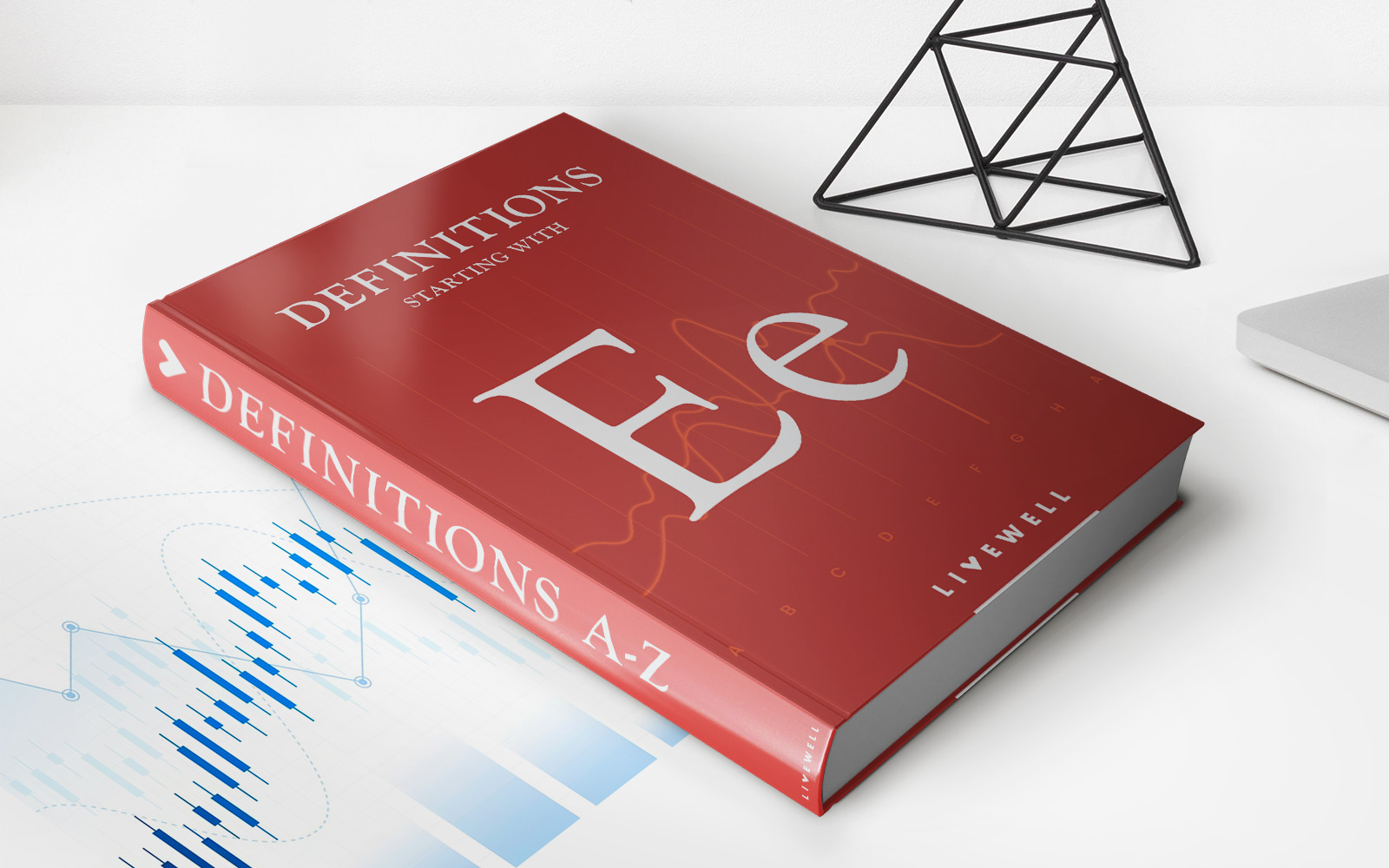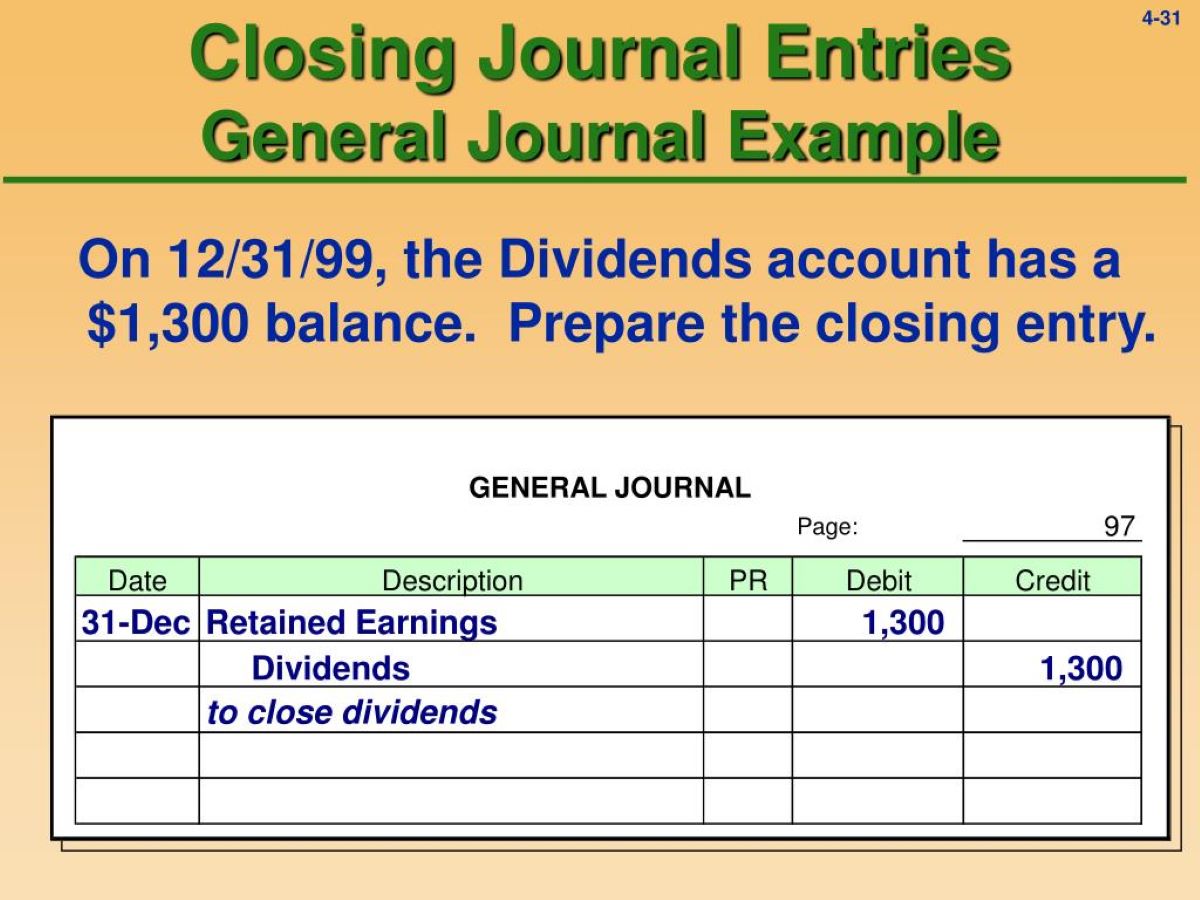

Finance
Vertical Well Definition
Published: February 16, 2024
Learn the meaning and significance of vertical well in the world of finance. Gain a better understanding of this financial term and its impact on investments.
(Many of the links in this article redirect to a specific reviewed product. Your purchase of these products through affiliate links helps to generate commission for LiveWell, at no extra cost. Learn more)
Understanding Vertical Well Definition: A Guide to Optimizing Your Finances
Welcome to our FINANCE category blog post! In this article, we will dive into the world of vertical well definition and how it can help you optimize your finances. If you’re looking for ways to improve your financial planning and make better investment decisions, understanding vertical well definition is a crucial step. So, let’s get started!
Key Takeaways:
- Vertical well definition is a finance concept that refers to understanding the various revenue streams and risks associated with different investments.
- By analyzing vertical well definitions, investors can make informed decisions and allocate their resources more effectively.
What exactly is vertical well definition? Well, imagine your finances as a vertically-stacked well. Each layer in this well represents a different type of investment or revenue stream. Just as water flows vertically through a well, money flows through these different layers of investment options. Understanding the different layers and their potential risks and rewards is crucial for optimizing your financial strategy.
Here are some key aspects to consider when defining the layers of your financial well:
- Diversification: Your financial well should have layers of diverse investment options, such as stocks, bonds, real estate, and commodities. By spreading your investments across different sectors, you can minimize risk and maximize returns.
- Risk Assessment: Each layer of your financial well carries its own level of risk. Some investments may be more volatile than others. It’s essential to assess and understand the risks associated with each layer in order to make informed investment decisions.
- Return Potential: Alongside risk, evaluating the return potential of each investment layer is crucial. Some layers may offer higher returns in the short term, while others may provide stable long-term growth. Balancing both risk and return is key.
- Time Horizon: Different layers in your financial well may have varying time horizons for potential returns. Some investments may yield quick profits, while others may require a longer-term commitment. Aligning your time horizon with your financial goals is crucial for effective planning.
- Expert Guidance: Defining and optimizing your financial well can be complex. Seeking guidance from financial experts or advisors can help ensure that you make the most informed decisions.
By understanding vertical well definition, you can tailor your financial well to suit your unique goals and risk tolerance. Invest in a variety of assets, assess the risks and returns of each layer, align with your time horizon, and seek expert guidance when needed.
Remember, financial planning is an ongoing process, and regularly reviewing and adjusting your well’s layers can help ensure continued success and growth. So, why wait? Start optimizing your finances today!














